Select an Orthopaedic Specialty and Learn More
Use our specialty filter and search function to find information about specific orthopaedic conditions, treatments, anatomy, and more, quickly and easily.
GET THE HURT! APP FOR FREE INJURY ADVICE IN MINUTES
Shoreline Orthopaedics and the HURT! app have partnered to give you virtual access to a network of orthopaedic specialists, ready to offer guidance for injuries and ongoing bone or joint problems, 24/7/365.
Browse Specialties
-
- Bone Health & Osteoporosis
- Foot & Ankle
- Fractures, Sprains & Strains
- Hand & Wrist
- Hip
- Knee
- Neck and Back (Spine)
Bone Health & Osteoporosis
One in two women and up to one in four men will break a bone in their lifetime due to osteoporosis. For women, the incidence is greater than that of heart attack, stroke and breast cancer combined. Shoreline Orthopaedics has opened the Bone Health and Osteoporosis Clinic to help patients prevent fractures and breaking of that second bone.
More Info -
- Joint Disorders
- Muscle Disorders
- Pediatric Injuries
Bone, Joint & Muscle Infections in Children
Children can develop “deep” infections in their bones (osteomyelitis), joints (septic arthritis), or muscles (pyomyositis). The most common locations for deep muscle infections are the large muscle groups of the thigh, groin and pelvis. Children who have infections of their bones, joints, or muscles often have fever, pain, and limited movement of the infected area.
More Info -
- Diagnostics & Durable Medical Equipment (DME)
Digital X-Ray, On Site
Computed radiography, or digital X-ray, is an advanced technology that streamlines the X-ray process and enables Shoreline Orthopaedics to provide each patient with superior, prompt treatment based on the most accurate, efficient diagnosis.
More Info -
- Hand & Wrist
Flexor Tendon Injuries
Anatomy Tendons are tissues that connect muscles to bone. When muscles contract, tendons pull on bones, causing parts of the body to move. Long tendons extend from muscles in the […]
More Info -
- Elbow
- Joint Disorders
- Pediatric Injuries
- Sports Medicine
Golfer’s Elbow (Medial Epicondylitis)
Medial epicondylitis, often known as golfer’s elbow, is a painful condition that occurs when overuse results in inflammation of the tendons that join the forearm muscles to the inside of the bone at the elbow.
More Info -
- Foot & Ankle
- Joint Disorders
- Podiatry
Hallux Rigidus (Stiff Big Toe)
Hallux rigidus usually develops in adults 30-60 and occurs most commonly at the base of the big toe, or MTP joint. When articular cartilage in the MTP joint is damaged by wear-and-tear or injury, the raw bone ends can rub together and a spur, or overgrowth, may develop on the top of the bone. Because the MTP joint must bend with each step, hallux rigidus can make walking painful and difficult.
More Info -
- Fractures, Sprains & Strains
- Hand & Wrist
Hand Fracture
A fracture of the hand can occur in either the small bones of the fingers (phalanges) or in the long bones (metacarpals). Symptoms of a broken bone in the hand include: pain; swelling; tenderness; an appearance of deformity; inability to move a finger; shortened finger; a finger crossing over its neighbor when you make a fist; or a depressed knuckle, which is often seen in a “boxer’s fracture.”
More Info -
- Foot & Ankle
- Podiatry
Morton’s Neuroma
Morton’s neuroma is not actually a tumor—it is a thickening of the tissue that surrounds the digital nerve leading to the toes. Morton’s neuroma most frequently develops between the third and fourth toes, and occurs where the nerve passes under the ligament connecting the toe bones (metatarsals) in the forefoot.
More Info -
- Foot & Ankle
- Hand & Wrist
- Podiatry
- Sports Medicine
Nerve Injuries
Injury to a nerve can stop signals to and from the brain, resulting in a loss of feeling in the injured area and causing the muscles to stop working properly. Nerves are fragile and can be damaged by pressure, stretching, or cutting.
More Info









